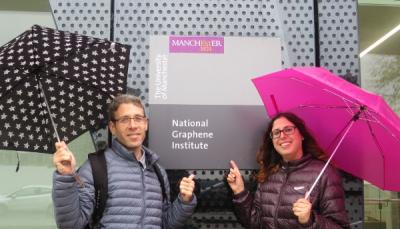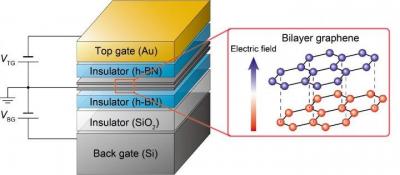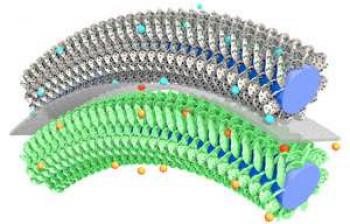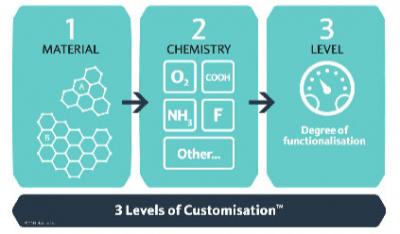Graphene-Info's impressions from the birthplace of graphene
In early November, the graphene-info team visited the UK - the birthplace of graphene. Our first stop was Cambridge - visiting FlexEnable and Cambridge Nanosystems - and then we headed for the Cambridge Graphene Center for a two-day graphene conference. We finished the tour with a trip up north to Manchester, to see the NGI, Manchester University's Graphene institute.

While we try to be on top of everything that is related to graphene, our first impression from the visits and the conference is that the graphene industry is much more active than it seemed. There are many very exciting projects, some on the verge of commercialization, and it looks like graphene is going to make a larger impact than we expected in the near future. We came back very encouraged!






